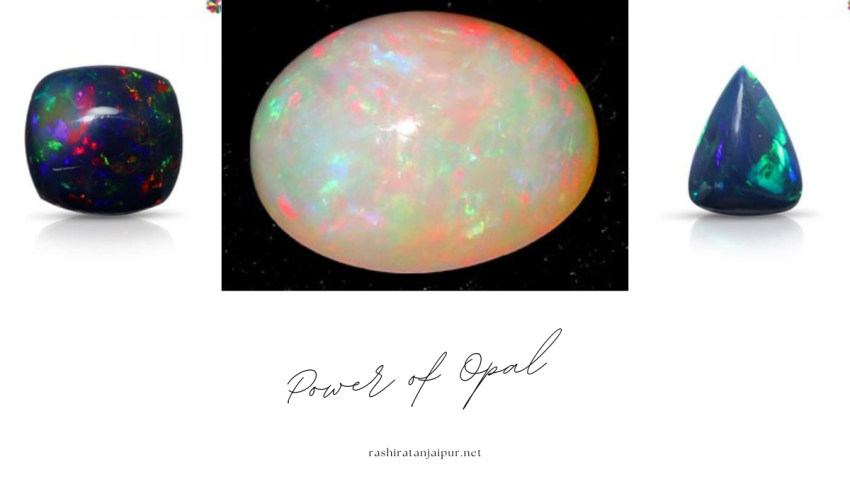Natural Opal Stone Price – Complete Guide To Cost, Value & Factors
Opals are one of the most captivating gemstones in the world, with their iridescent play-of-color and unique charm. As with any precious gem, the price of natural opal stones is influenced by several critical factors that determine their market value. In this detailed guide, we break down everything you need to know about the natural opal stone price, offering you a complete insight into cost variations, grading systems, types of opals, and how to make an informed purchase.

What is Natural Opal?
Natural opal is a hydrated form of silica, often containing up to 20% water. It is renowned for its stunning array of colors and patterns, which can mimic fireworks, galaxies, and even lightning. Unlike synthetic or lab-created opals, natural opals are mined directly from the earth, making them significantly more valuable and sought-after.
Types of Natural Opal and Their Price Range
There are several types of opals, each commanding a different price based on its rarity, origin, and visual appeal.
1. Black Opal
Black opal is the most valuable and rarest of all opals. Found primarily in Lightning Ridge, Australia, its dark body tone allows the vivid play-of-color to shine more dramatically.
Price Range: $1,000 to $10,000+ per carat
Color Brightness: Extremely vivid reds, blues, and greens
Market Value: High due to scarcity and demand
2. White Opal
White opals have a light or white body tone and are more common than black opals. They typically exhibit softer color patterns.
Price Range: $50 to $500 per carat
Color Brightness: Pastel-like hues with occasional strong flashes
Market Value: Moderate due to availability
3. Boulder Opal
Found in Queensland, Australia, boulder opals are embedded in ironstone rock. Their value is increased by the presence of vivid colors and natural backing.
Price Range: $200 to $3,000 per carat
Durability: High due to natural backing
Market Value: Rising in popularity for jewelry
4. Fire Opal
Fire opals, primarily mined in Mexico, are valued for their transparent to translucent body with fiery warm tones like orange, red, and yellow. Some may show a play-of-color, increasing their value.
Price Range: $20 to $2,000 per carat
Color Brightness: Strong base colors, with or without play-of-color
Market Value: Versatile, popular among gemstone collectors
5. Crystal Opal
Crystal opals are transparent or semi-transparent with intense color play. Their clarity and brightness make them highly desirable.
Price Range: $100 to $6,000 per carat
Color Brightness: Sharp, vivid flashes due to translucence
Market Value: High for well-formed stones
Factors That Determine Natural Opal Stone Price
1. Color Play and Pattern
The more vibrant and diverse the color play, the more expensive the opal. Red flashes are typically the rarest and most valuable, followed by orange, green, and blue.
Top Patterns: Harlequin, Flagstone, Floral, and Rolling Flash
Color Directionality: Stones that show color from multiple angles are priced higher
2. Body Tone
The body tone of an opal affects how color appears. Black opals, with a dark tone, make colors pop more vibrantly, leading to higher valuations.
3. Transparency
Crystal Opals: Transparent or translucent with vivid color play
Opaque Opals: Generally lower in price unless backed by unique color flashes
4. Carat Weight
Like other precious stones, opals are priced per carat. However, opals are less dense than diamonds, meaning a one-carat opal appears larger than a one-carat diamond.
Price increases exponentially with weight due to rarity
5. Origin
Origin plays a crucial role in pricing:
Australian Opals: Considered the most valuable
Ethiopian Opals: Gaining popularity but may be hydrophane (absorb water)
Mexican Opals: Known for their fire color, moderately priced
6. Cut and Shape
Freeform and Cabochon Cuts are common, maximizing the play-of-color
Symmetrical and well-polished stones command higher prices
7. Treatment and Authenticity
Untreated, 100% natural opals have greater value. Treated or assembled opals (like doublets or triplets) are significantly less expensive.
Doublets: Thin slice of opal glued to backing
Triplets: Doublet plus a protective quartz or plastic cap
Natural Opal Price by Country of Origin
Australia
Black Opal (Lightning Ridge): $1,500 – $10,000+ per carat
White Opal (Coober Pedy): $50 – $500 per carat
Boulder Opal (Queensland): $200 – $3,000 per carat
Ethiopia
Welo Opal: $30 – $1,000 per carat
Hydrophane Opal: Prone to water absorption, affecting stability
Mexico
Fire Opal: $20 – $2,000 per carat
Transparent with play-of-color: Premium pricing
How to Buy Natural Opals – Tips for Buyers
1. Buy from Certified Sellers
Always request a certificate of authenticity and ensure the opal is untreated and naturally mined.
2. Verify Return Policies
Opal color can look different under various lighting. A return policy ensures peace of mind if the gem does not meet expectations.
3. Check for Cracks and Inclusions
Avoid stones with visible cracks, crazing, or poor polish, as these decrease the value significantly.
4. Understand the Luster
A bright, glassy luster indicates high-quality opal. Dull or chalky appearances are signs of lower grade or synthetic variants.
Investment Value of Natural Opals
Natural opals, especially black and crystal opals, have shown consistent appreciation in value. With growing demand and limited mining reserves, these gems are now viewed as alternative investment assets. The key is to invest in top-grade, untreated stones with exceptional color play and certified origin.
Conclusion
Understanding the natural opal stone price involves more than just knowing carat weight. Body tone, color intensity, origin, clarity, and treatment all significantly affect value. Whether you are buying for jewelry, collection, or investment, knowledge is your best tool for making the right purchase. Always choose reputed sellers, request certification, and focus on the visual quality of the gemstone over size alone.